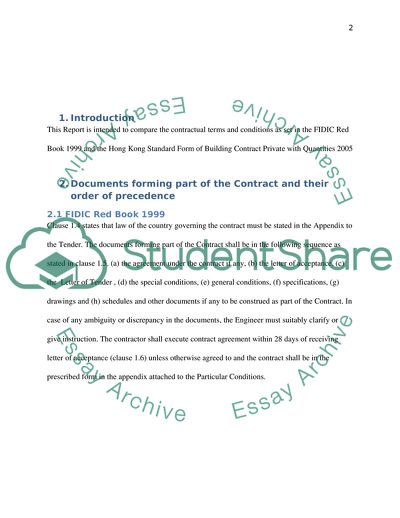Cite this document
(Contracts Administration and Disputes Resolution in Hong Kong Coursework Example | Topics and Well Written Essays - 3000 words, n.d.)
Contracts Administration and Disputes Resolution in Hong Kong Coursework Example | Topics and Well Written Essays - 3000 words. https://studentshare.org/engineering-and-construction/1814459-contract-administration-dispute-resolution
Contracts Administration and Disputes Resolution in Hong Kong Coursework Example | Topics and Well Written Essays - 3000 words. https://studentshare.org/engineering-and-construction/1814459-contract-administration-dispute-resolution
(Contracts Administration and Disputes Resolution in Hong Kong Coursework Example | Topics and Well Written Essays - 3000 Words)
Contracts Administration and Disputes Resolution in Hong Kong Coursework Example | Topics and Well Written Essays - 3000 Words. https://studentshare.org/engineering-and-construction/1814459-contract-administration-dispute-resolution.
Contracts Administration and Disputes Resolution in Hong Kong Coursework Example | Topics and Well Written Essays - 3000 Words. https://studentshare.org/engineering-and-construction/1814459-contract-administration-dispute-resolution.
“Contracts Administration and Disputes Resolution in Hong Kong Coursework Example | Topics and Well Written Essays - 3000 Words”. https://studentshare.org/engineering-and-construction/1814459-contract-administration-dispute-resolution.


